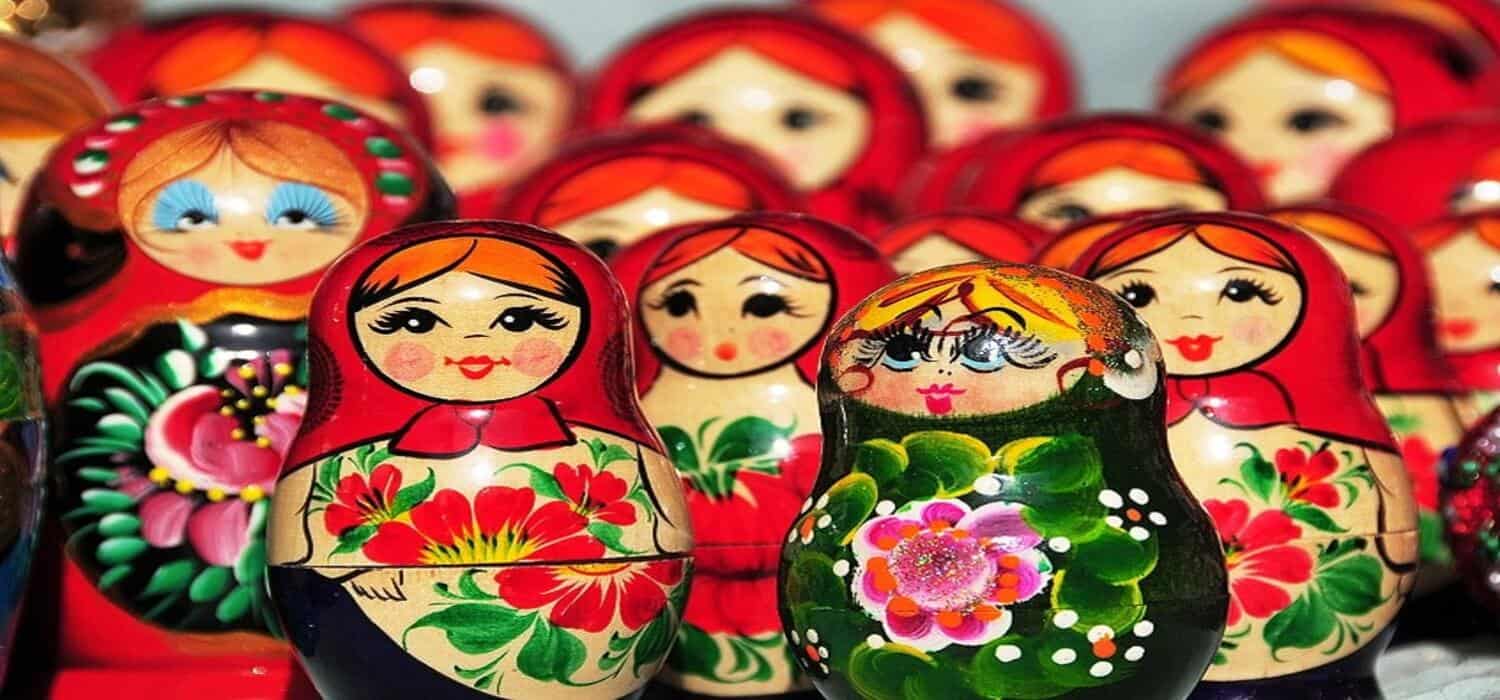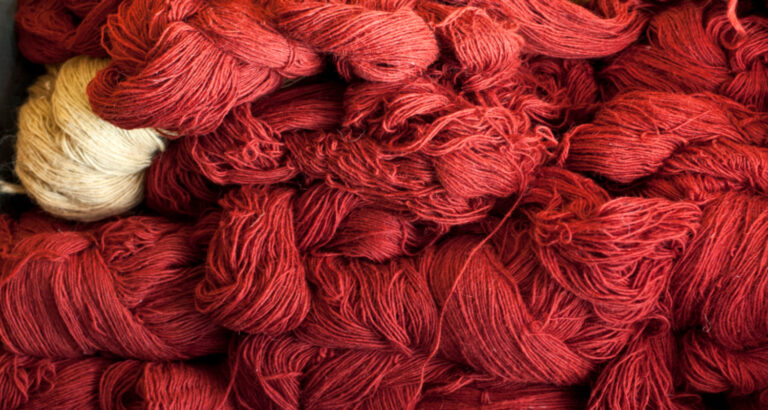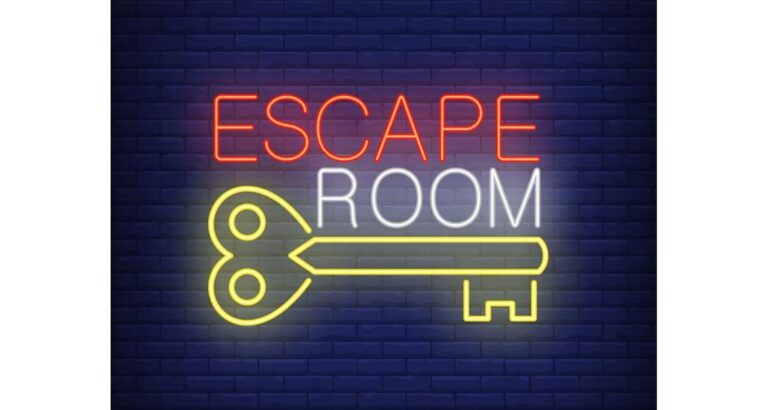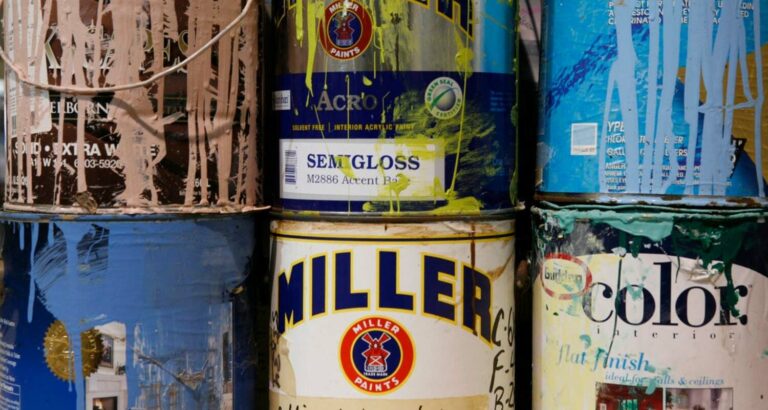Ever wondered why we cherish a Picasso differently from a handcrafted vase? Both are beautiful, yet they ignite different feelings and appreciation. This article delves into the intricate world of creativity, unraveling the mystery between art and craft. With a blend of psychological insights and expert analysis, we’ll explore how each form of creativity speaks to us profoundly, shaping our understanding and appreciation of beauty.
The difference between art and craft lies in their creation and purpose: Art is an expression of the artist’s emotions and vision, often created without functional intent, while craft involves skilled making of items with practical use, grounded in technique and functionality.
What is Art?
Art is a diverse range of human activities that involve creative imagination to express technical proficiency, beauty, emotional power, or conceptual ideas.
It’s not just about what you see or the technique used; it’s about what it stirs within you. Art transcends daily life and has the power to express the highest philosophical, spiritual, and emotional truths. It can be a painting, sculpture, performance, or music—each medium inviting us to see the world through another’s eyes. Art challenges, inspires, and tells stories that may not have been told otherwise. It’s a human instinct to express and reflect on the world around us, our internal landscape, and the tension between them. Boldly put, art is the mirror and the map of our shared human experience.
What is Craft?
Craft represents the fusion of skill, creativity, and functionality. It encompasses a broad range of activities involving the hands-on creation of goods with practical use. Craft focuses on the mastery of materials and techniques to produce objects that are both beautiful and useful. This includes everything from pottery and weaving to carpentry and metalwork. The essence of craft lies in its blend of form and function, where the maker’s intimate knowledge of their materials comes to life in items designed for everyday use. Unlike art, which often serves to express or provoke thought without a functional component, craft is deeply rooted in tradition, utility, and the tangible connection between the creator and their creation.
What is the Difference Between Art and Craft
We distinguish art from craft primarily by considering their purpose, creation process, and how they’re culturally and individually perceived.
Purpose: Art often aims to evoke an emotional response or express the artist’s vision, without a functional purpose beyond contemplation or aesthetic appreciation. Craft, conversely, is created with functionality in mind, merging practicality with beauty to produce objects for everyday use.
Creation Process: Artists are driven by inspiration, personal expression, and conceptual ideas, frequently without a predefined utility. Craftspeople focus on technique and mastery of materials, with a clear function or use for the end product in mind.
Cultural and Individual Perception: Art embodies higher ideals and narratives, open to interpretation, while craft is valued for its beauty and skill, often rooted in tradition and heritage.
These distinctions highlight the unique value and contribution of both art and craft to human culture, emphasizing the importance of creativity in all its forms.
The Evolving Perception of Art and Craft
The perception of art and craft has changed over time, blurring their once clear lines. This shift mirrors changes in societal values, technological growth, and a deeper grasp of creativity’s role.
Today, art and craft merge in mixed media and installations, showing a reduced gap between them. Artists like Judy Chicago and Pop Art movements blend craft into art, challenging old views. The digital era has also reignited love for the tactile and tangible. In a digital world, the unique touch of crafts gains importance.
This shift highlights the role of both in expressing creativity, cultural identity, and personal values. It shows creativity as key to the human experience, moving past old hierarchies to celebrate diverse creative expressions.
Blurring Lines
The line between art and craft blurs as creators embrace techniques from both realms. Fine artists integrate traditional crafts into their work for conceptual depth, while craftspeople gain recognition for their artistic vision. This mutual influence enriches creativity and craftsmanship, fostering broader appreciation.
Historical Context
The art and craft schism traces back to the Industrial Revolution, reshaping handmade production. The Arts and Crafts Movement responded, championing handcraftsmanship and material beauty, aiming to revive respect for craft traditions and integrate design and fabrication.
Throughout the 20th century, successive art movements challenged and redefined the delineations between art and craft. The studio craft movement, notably, spotlighted the artisan’s role, spotlighting materiality and the artisanal nature of creative endeavours. In contemporary times, the ascent of DIY culture and the maker movement has further democratized the genesis and appreciation of both artistic and craft-based works, extolling the personal flair and distinct vision of individual creators.
Presently, the demarcation between art and craft transcends rigid classifications, evolving into a nuanced consideration of context and intent. This paradigm shift signifies an inclusive understanding of creativity, where we attribute value to the genuine expression and symbiotic interplay between creator, artifact, and audience. The blurred boundaries between art and craft epitomize a collective stride towards acknowledging the universal human inclination to create, independent of medium or methodology.
Conclusion
As we’ve delved into the worlds of art and craft, it’s clear both are vital to our culture and lives. The changing view of both celebrates human creativity, blurring the lines between them and enhancing our appreciation.
Art’s endless expression of emotion and craft, practical use and material mastery are two sides of the same coin. They complement each other, showing the breadth of human creativity. As society grows, our appreciation for art and craft deepens, valuing each’s unique contributions to our shared experience.
The shift from distinguishing art and craft to celebrating their link tells a wider story of creativity’s role in society. In conclusion, let’s honour the evolving dialogue between art and craft, guided by innovative creators.
FAQ’s
1. What defines art and craft?
Art is the expression of emotion and creativity, often without a functional purpose, while craft focuses on creating functional items with aesthetic appeal, emphasizing skill and technique.
2. Can craft be considered a form of art?
Yes, craft can be considered a form of art when it transcends mere functionality and expresses creative vision, merging craftsmanship with artistic value.
3. What is the main difference between an artist and a craftsman?
An artist primarily aims to evoke emotions or convey conceptual ideas, whereas a craftsman focuses on the practical utility of created items, employing mastered skills.
4. How has the perception of craft evolved in the art world?
The perception of craft has evolved from purely functional to a recognized form of artistic expression, with many contemporary artists blurring the lines between art and craft.

I am Sammy and I blog at Live it. Love it. Make it. It is creative lifestyle blog run by best friends H and Sammy. Head over and follow our crafty adventures!





